11 Best Fall Festivals Around the World You’ve Never Heard Of
As the air turns crisp and the leaves begin to change, towns and cities across the globe come alive with celebrations that honor culture, food, and tradition. From lanterns lighting up the water in Thailand to vibrant dances in India, these lesser-known fall festivals offer a glimpse into how different communities mark the season with joy and meaning. Whether you love music, street parades, or local delicacies, there is a unique celebration waiting to surprise you this autumn.
This post may contain affiliate links, which helps keep this content free. Please read our disclosure for more info.
Navaratri – India
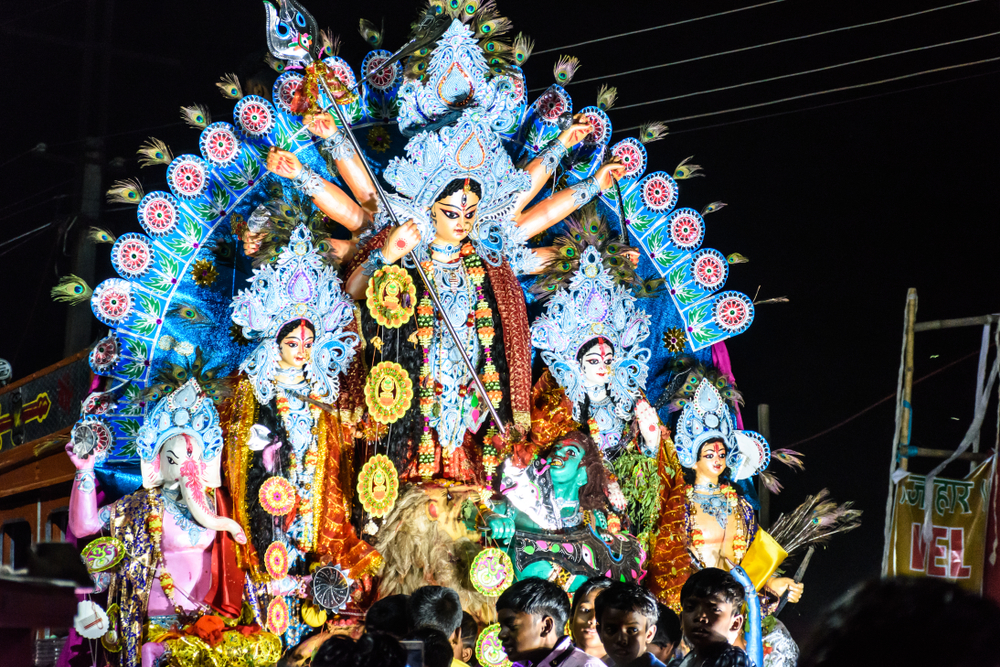
Navaratri is one of India’s most vibrant and meaningful autumn festivals, celebrated for nine days in honor of the divine feminine. It represents the victory of good over evil and the power of the goddess Durga. Each day of the celebration is devoted to a different manifestation of the goddess, and people express their devotion through singing, dancing, and community rituals. Homes are decorated with lights, colorful rangoli designs, and offerings of sweets.
In Gujarat, large crowds gather in open spaces to perform Garba and Dandiya Raas, traditional dances that continue late into the night. Meanwhile, in West Bengal, Durga Puja becomes the highlight of the season, featuring massive clay idols of Durga, cultural performances, and parades through city streets. Families visit elaborately decorated temples and community centers to pay homage together. Beyond religious devotion, the festival is a time for unity, renewal, and joy that brings generations together under one shared tradition.
Loi Krathong – Thailand
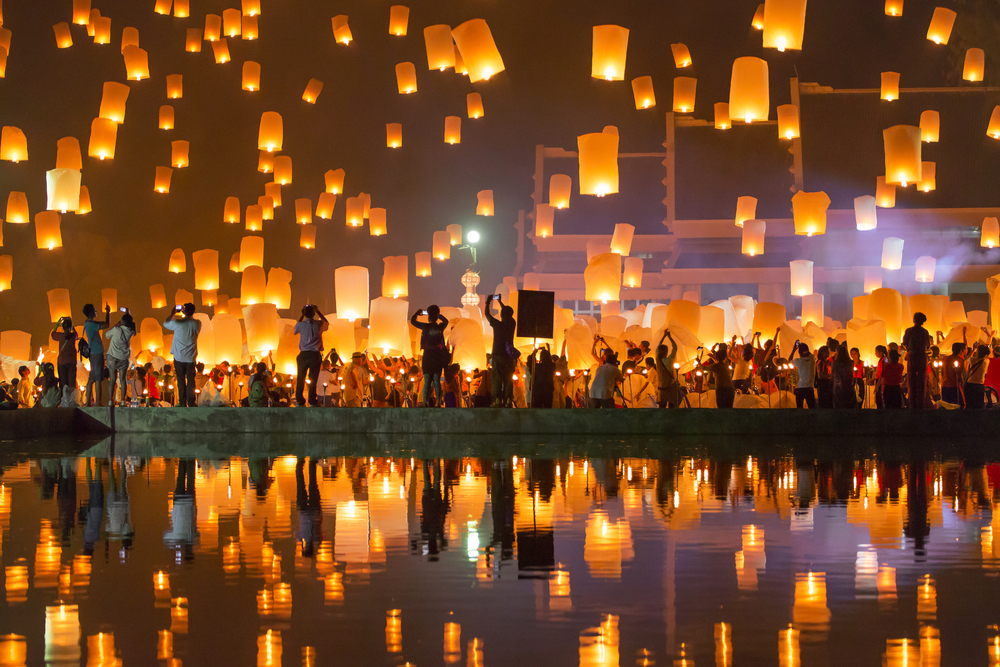
Loi Krathong is one of Thailand’s most visually breathtaking celebrations, held on the full moon of the 12th lunar month, usually in November. The festival’s name translates to “floating basket,” referring to the beautiful hand-made vessels made of banana leaves, flowers, candles, and incense. Participants gather along rivers, canals, and lakes to release their krathongs onto the water as a gesture of gratitude to the goddess of water, Phra Mae Khongkha, while symbolically washing away misfortune and negative emotions.
The sight of thousands of glowing floats drifting across the water under the moonlight is deeply moving. In northern Thailand, particularly in Chiang Mai, Loi Krathong is often celebrated alongside the Yi Peng festival, where thousands of sky lanterns are released into the night sky. This combination of floating candles and rising lanterns creates one of the most magical spectacles in the world. Locals and visitors alike take part in the event, which emphasizes reflection, forgiveness, and the beauty of new beginnings.
Albuquerque International Balloon Fiesta – United States
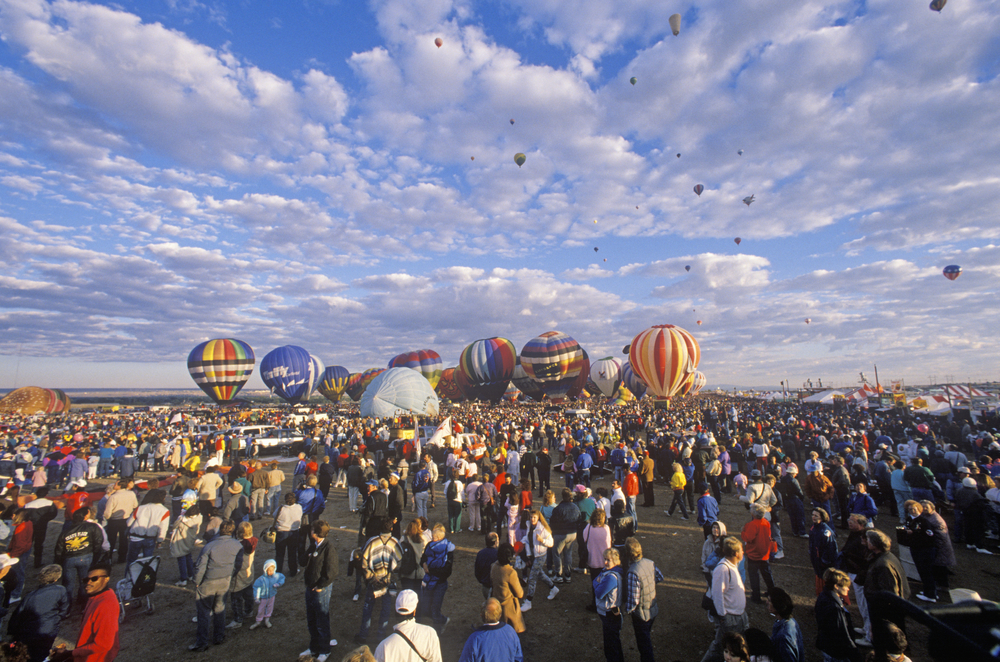
The Albuquerque International Balloon Fiesta in New Mexico transforms the desert skies into a floating canvas of color every October. What began in 1972 with only 13 balloons has grown into an annual event featuring more than 500 hot air balloons from around the world. Each morning, spectators gather before dawn to witness the “Mass Ascension,” when hundreds of balloons rise together as the sun peeks over the Sandia Mountains.
The event is more than a visual marvel; it is a community celebration filled with live music, local crafts, food stalls, and family-friendly fun. Nighttime “Balloon Glows” add another layer of wonder as pilots light up their balloons in sync, creating an enchanting scene of color and light. Pilots, photographers, and spectators come together in appreciation of flight, artistry, and friendship. The festival embodies the welcoming and creative spirit of New Mexico, where the crisp fall air makes every sunrise feel unforgettable.
La Tomatina – Spain
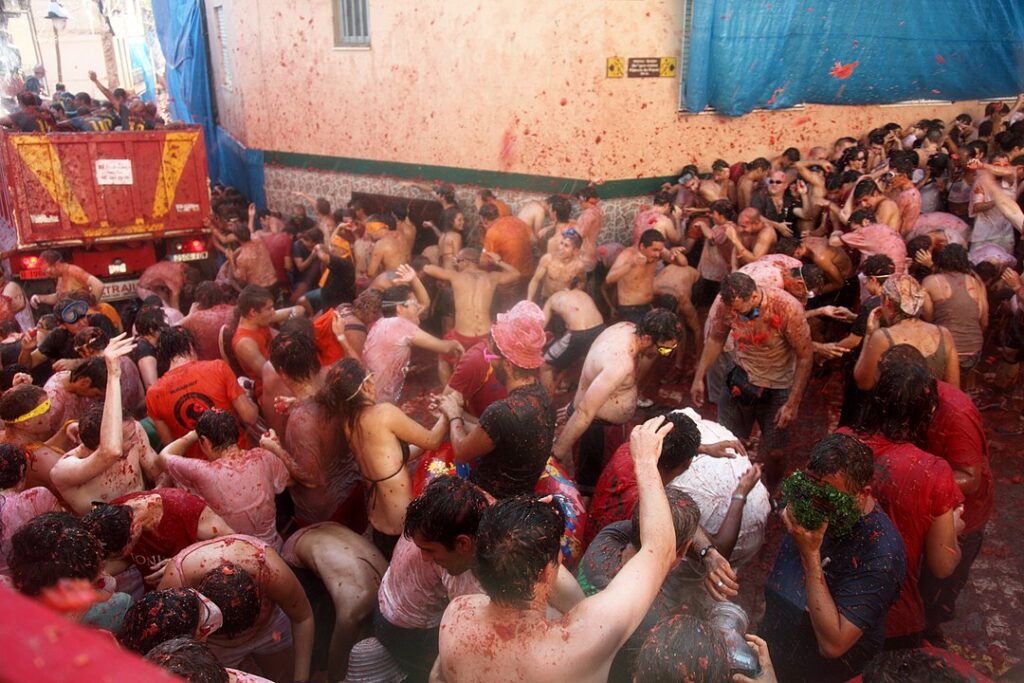
La Tomatina, held in Buñol, Spain, may not be a traditional harvest festival, but it captures the playful side of fall festivities. Every August, tens of thousands of participants gather to throw overripe tomatoes at one another in the world’s largest food fight. What started as a local quarrel among friends in the 1940s has become an organized and internationally loved event that draws visitors from around the globe.
The tomato fight lasts for about an hour, and afterward, the streets run red with tomato juice. Locals hose down the participants, and the entire town transforms into one big party with live music, fireworks, and food stalls serving classic Spanish dishes. Despite its chaotic appearance, La Tomatina represents joy, release, and a shared human desire to let loose and laugh. It remains a one-of-a-kind fall event that leaves visitors with unforgettable memories.
Pushkar Camel Fair – India
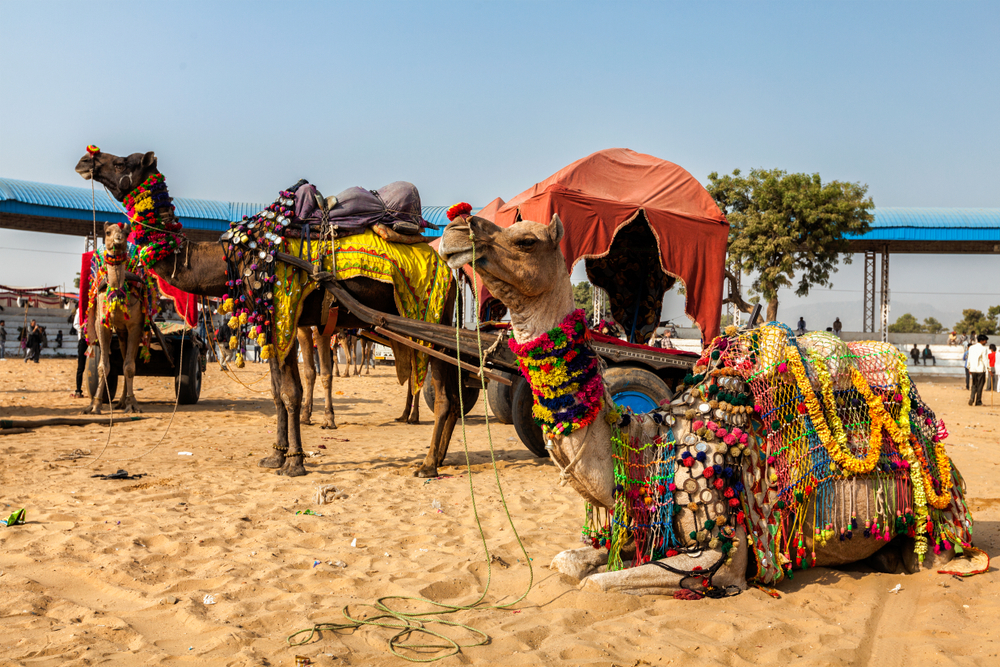
The Pushkar Camel Fair in Rajasthan is one of India’s most fascinating cultural gatherings. Every November, traders, herders, and tourists converge in the desert town of Pushkar to trade camels, horses, and cattle. The fair doubles as both a livestock market and a colorful carnival, filled with traditional music, acrobatic shows, races, and folk performances.
Beyond the trade, the fair also has deep spiritual roots, as it coincides with a holy period in the Hindu calendar when pilgrims bathe in the sacred Pushkar Lake to wash away sins. The dunes surrounding the lake are dotted with tents, creating a vibrant temporary community. As night falls, the desert glows with campfires, storytelling, and music, making the Pushkar Fair an experience that perfectly blends devotion, culture, and adventure.
Chuseok – South Korea
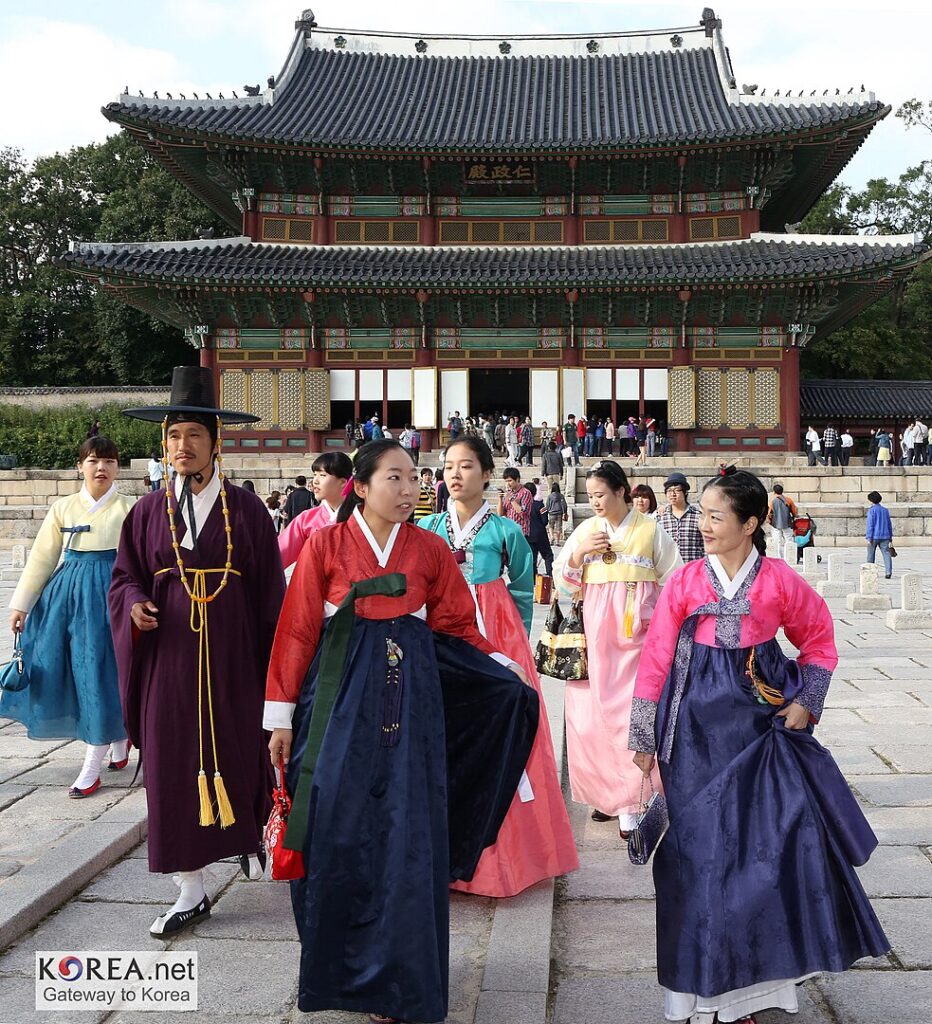
Chuseok, often called Korean Thanksgiving, is one of the country’s most important holidays, held during the harvest season in September or October. Families return to their hometowns to share food, pay respect to ancestors, and celebrate nature’s bounty. Traditional dishes like songpyeon (rice cakes filled with sweet sesame or beans) are prepared and offered during ancestral rituals.
The celebration also features folk games, dances, and storytelling that showcase Korea’s rich cultural heritage. Villages and cities alike are filled with people wearing hanbok, the traditional Korean attire, and sharing home-cooked feasts. The festival reminds Koreans of gratitude, family bonds, and the importance of remembering one’s roots.
Day of the Dead – Mexico
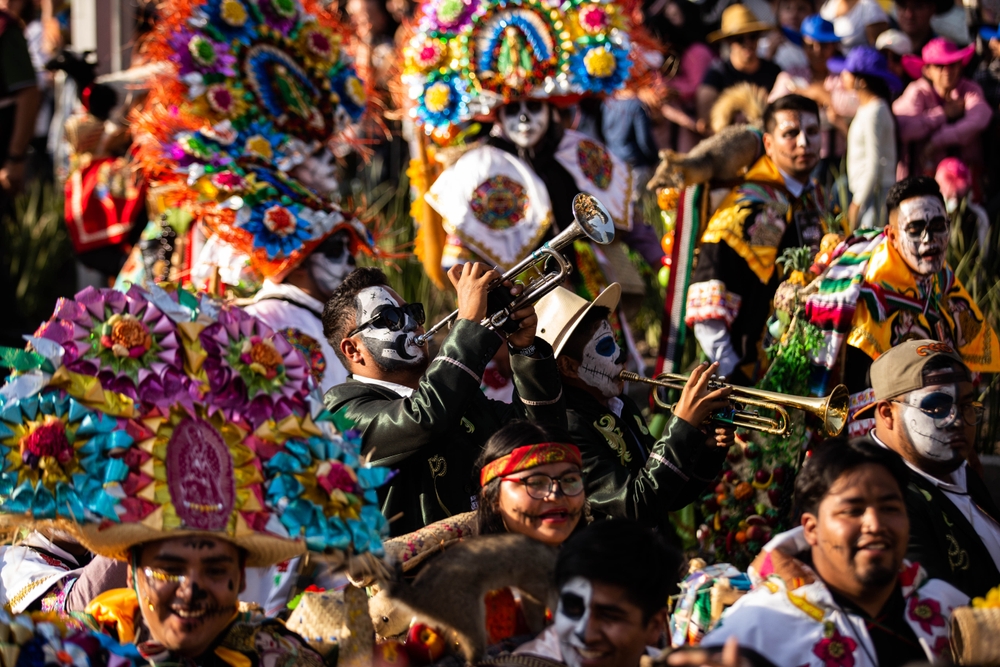
Day of the Dead, or Día de los Muertos, is one of the most iconic festivals in Mexico, celebrated between October 31 and November 2. It is a joyful occasion where families honor loved ones who have passed away through decorated altars, marigold flowers, and offerings of food and drink. The streets come alive with parades, music, and costumes inspired by colorful skull imagery.
The tradition reflects the belief that death is not the end but a continuation of life’s journey. Cemeteries are transformed into spaces of music and laughter as families gather to share memories and meals. The event is both spiritual and festive, blending ancient Aztec rituals with Catholic influences, and serves as a meaningful reflection on life, memory, and love.
Thanksgiving at Plimoth Patuxet – United States
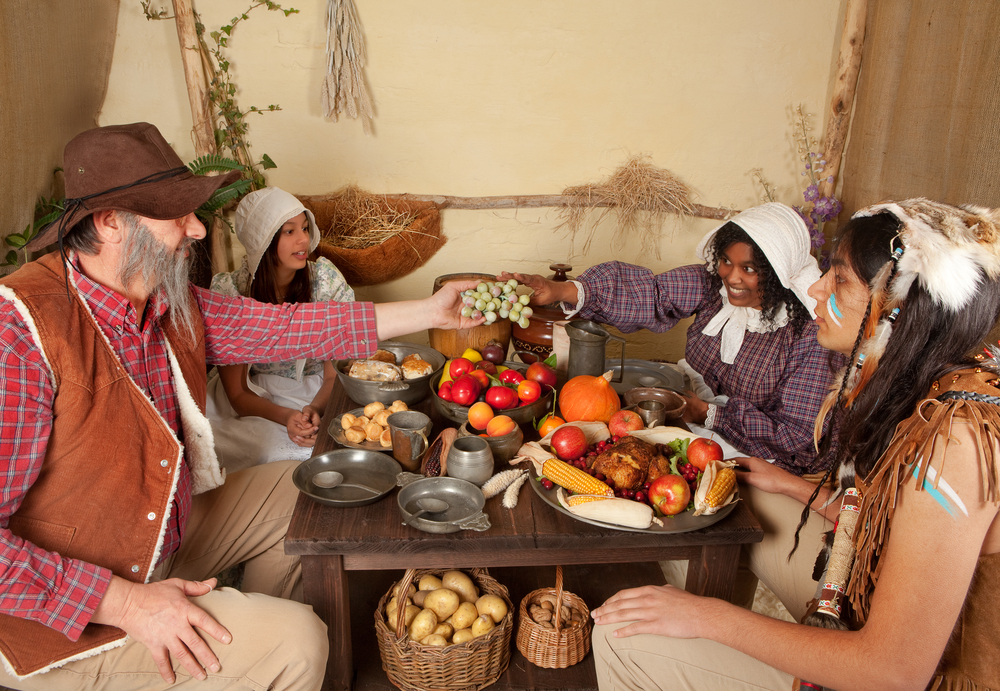
In Massachusetts, Thanksgiving at Plimoth Patuxet offers a historical experience of the original 1621 feast shared between the Pilgrims and the Wampanoag people. Visitors can witness reenactments, traditional food preparation, and educational talks that highlight both European and Native American traditions.
The event takes place in an open-air museum that recreates 17th-century life, complete with costumed interpreters and rustic settings. It is a reminder of the complex history behind one of America’s most recognized holidays and invites reflection on gratitude, community, and shared experiences.
Jidai Matsuri – Japan
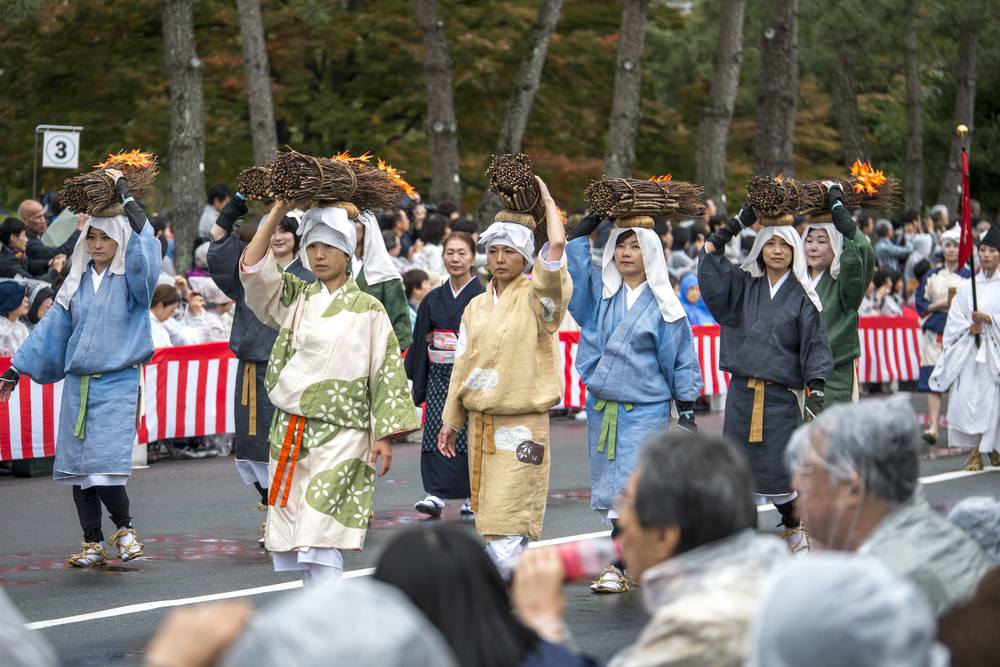
Jidai Matsuri, or the Festival of Ages, takes place in Kyoto every October to celebrate the city’s history. Thousands of participants dress in costumes representing different eras of Japanese culture, from ancient warriors to elegant courtiers. The grand procession begins at the Imperial Palace and winds through Kyoto’s historic streets, offering spectators a vivid glimpse into the country’s past.
What makes Jidai Matsuri unique is its attention to cultural heritage and detail. Every fabric, hairstyle, and accessory is carefully selected to reflect the authenticity of the period. The event connects modern Japan to its deep historical roots, allowing people to appreciate the artistry and pride that define Kyoto’s traditions.
Puno Week – Peru
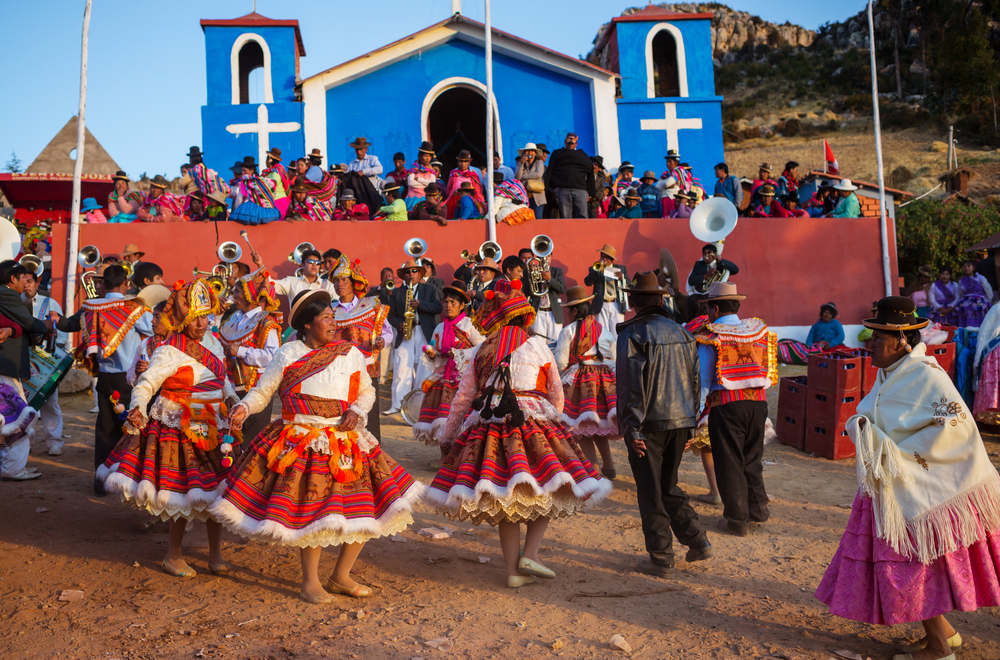
Puno Week is a Peruvian festival held in early November to celebrate the founding of the city of Puno. It honors Manco Cápac, the legendary first Incan ruler. The festivities include colorful parades, dance competitions, music, and elaborate costumes representing indigenous and colonial influences.
The week-long celebration takes place on the shores of Lake Titicaca, one of South America’s most breathtaking natural sites. Locals and visitors gather to witness reenactments of ancient Incan legends, blending history with joyful celebration. The event is a proud reflection of Andean identity and cultural continuity that thrives through art and performance.
Festival of Chestnuts – Italy
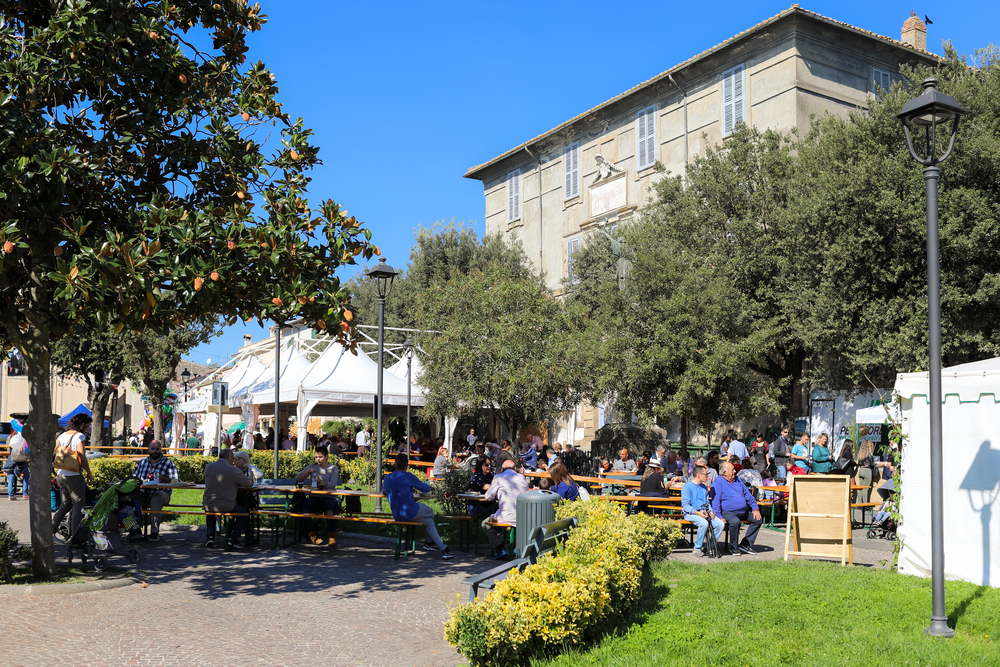
In the Italian countryside, autumn means the arrival of chestnut season, and villages celebrate with festivals dedicated to this humble nut. The Festival of Chestnuts, known as Sagra delle Castagne, is held in regions like Tuscany and Piedmont. Streets fill with the smell of roasted chestnuts, and stalls offer pastries, cakes, and warm drinks.
Folk music, local wine, and artisan crafts make the festival feel timeless. It is a celebration of rural life and simple pleasures, where locals gather to enjoy the fruits of the season. The warmth of the fire and the aroma of roasting chestnuts perfectly capture the comfort of fall in Italy.
This article originally appeared on Avocadu.
